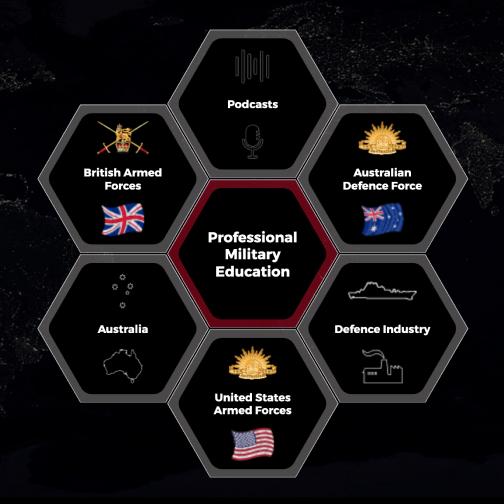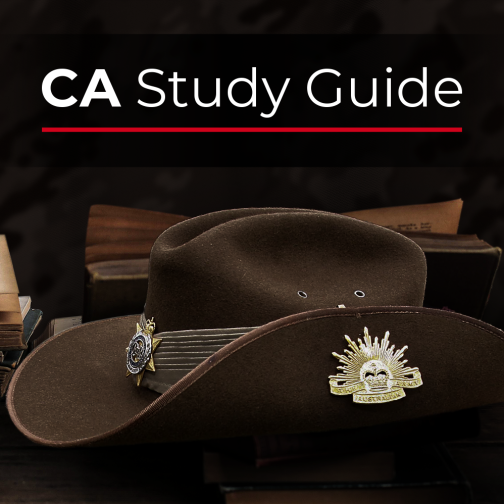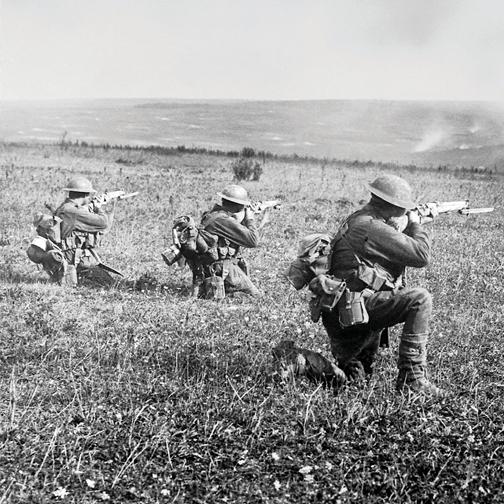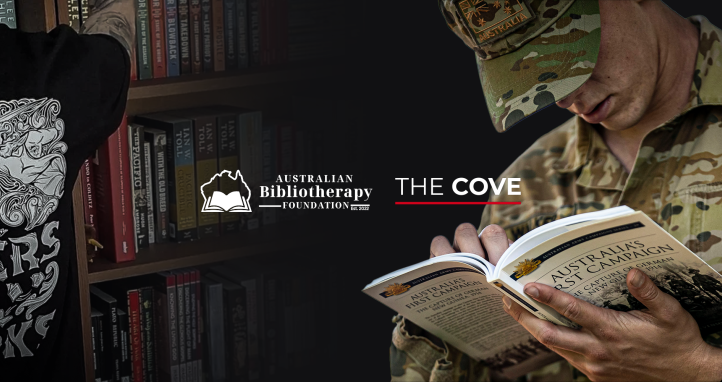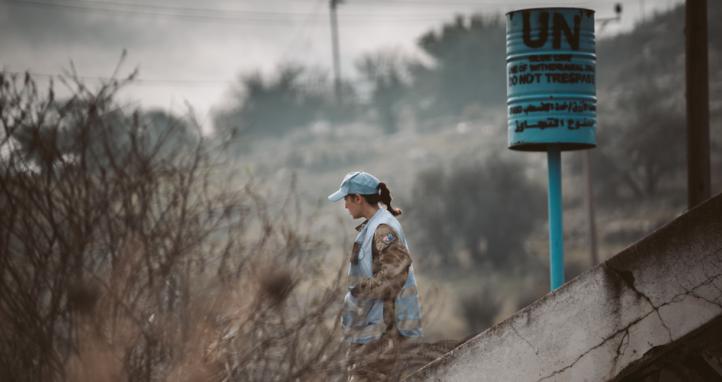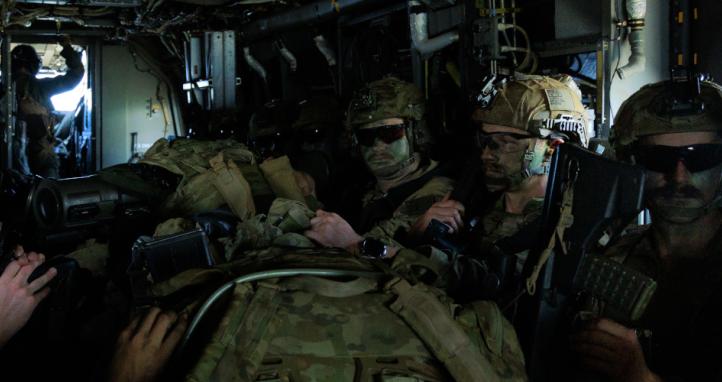Lieutenant John Hamilton VC (1896 - 1961, 64yo)
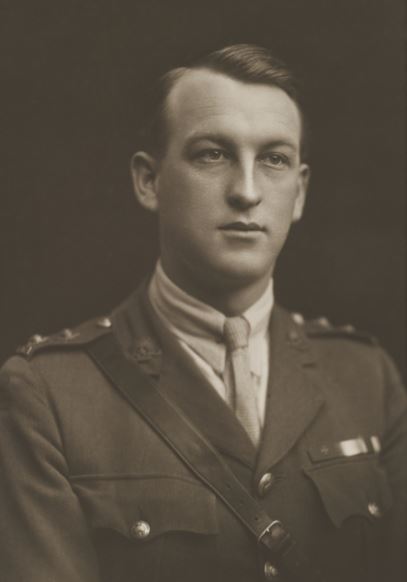 John Patrick Hamilton was born on 1 January 1896 in Orange, New South Wales. Little is known about his early education, but by the time of his enlistment in the Australian Imperial Force on 15 September 1914, he was working as a butcher. He had prior service in the Militia and was assigned to the 3rd Battalion, 1st Brigade, departing for Egypt the following month.
John Patrick Hamilton was born on 1 January 1896 in Orange, New South Wales. Little is known about his early education, but by the time of his enlistment in the Australian Imperial Force on 15 September 1914, he was working as a butcher. He had prior service in the Militia and was assigned to the 3rd Battalion, 1st Brigade, departing for Egypt the following month.
Hamilton’s battalion landed at Gallipoli on 25 April 1915 and would later play a central role in the brutal fighting at Lone Pine. On 9 August, amid a fierce Turkish counterattack involving grenades and sustained machine-gun fire, Hamilton was ordered by Lieutenant Owen Howell-Price to climb onto the parapet of a trench near Sasse’s Sap. With only a few sandbags for cover, he remained exposed for six hours, directing bomb-throwers below while maintaining constant sniper fire. His calm under fire and unwavering commitment helped blunt the enemy assault. For this act of gallantry, Hamilton was awarded the Victoria Cross—the only soldier in the 3rd Battalion to receive the honour during the war.
Following the devastation at Lone Pine, the battalion was rebuilt in Egypt and redeployed to France in March 1916. Hamilton saw action in some of the war’s most gruelling battles: Pozières, Mouquet Farm, and Flers. He was promoted to Corporal in May 1916 and later to Sergeant in May 1917. His battalion continued to fight at Bullecourt, Menin Road, and Broodseinde during that year.
In the final months of the war, Hamilton was selected for officer training in England and commissioned as a Second Lieutenant in January 1919. He became a Lieutenant in April and returned to Australia in August, concluding his AIF service the following month.
During the Second World War, Hamilton returned to duty with the 16th Garrison Battalion and later served with training units and the 3rd Pioneer Battalion in New Guinea. He continued his military career in labour and logistics roles with the Australian Labour Employment Companies and the Australian Army Labour Service, reaching the rank of Captain in October 1944. He returned to Sydney in 1946.
Hamilton died on 27 February 1961 at the Repatriation General Hospital in Concord, Sydney, from cerebrovascular disease. He was laid to rest at Woronora Cemetery. His legacy endures as a symbol of steadfastness and bravery under the most harrowing conditions of war.
Corporal George Julian 'Snowy' Howell VC, MM (1893 - 1964, 71yo)
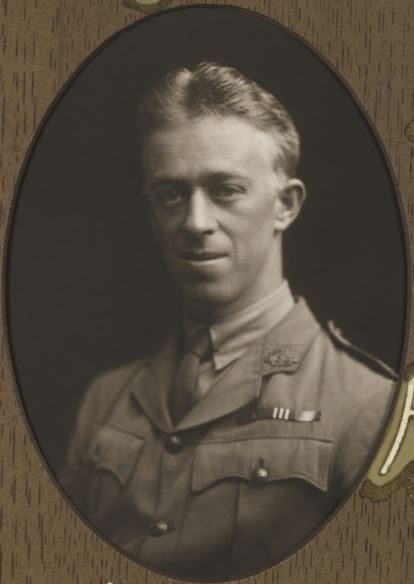
George Howell was born on 19 November 1893 in Enfield, New South Wales. Trained as a bricklayer, he was working in construction when he volunteered for military service during the First World War, enlisting in the Australian Imperial Force on 3 June 1915. Assigned to the 7th Reinforcements of the 1st Battalion, he departed for Egypt in July and reached Gallipoli in November, serving through to the final evacuation.
After the redeployment to France, Howell was wounded at Pozières in July 1916 and evacuated to England. While recovering, he completed further training and was promoted to Corporal in February 1917. A few months later, during the capture of Demicourt, he led a bombing section with distinction, earning the Military Medal for his determination under fire.
Howell's defining moment came near Bullecourt on 6 May 1917. With his battalion under heavy pressure and facing the threat of being outflanked, Howell acted without hesitation. He climbed onto the parapet and advanced directly into enemy fire, hurling grenades as he drove German troops back along the trench line. Backed by Lieutenant T. J. Richards and a Lewis gun, Howell pushed the assault until he ran out of grenades—at which point he engaged the enemy with his bayonet. Wounded during the action, he collapsed into the trench, but his audacity had inspired the battalion and turned the tide of the counter-attack. He was awarded the Victoria Cross for what his citation described as "prompt and gallant conduct in the face of superior numbers."
Severely injured, Howell spent an extended recovery period in England before returning to Australia in late 1917. He was demobilised in June 1918.
Not content with a single war, Howell returned to military service during the Second World War. Initially serving as a Staff Sergeant with Eastern Command in New South Wales, he later joined the United States Army Sea Transport Service in 1944, participating in the landing at Leyte during the campaign in the Philippines.
In his later years, Howell relocated to Perth to be near his daughter and settled in the rural town of Gunyidi. He died on 23 December 1964 in Hollywood, Western Australia, and was cremated with full military honours. Howell’s service, marked by fierce courage and a refusal to stand down in the face of danger, spanned two global conflicts and left a lasting impression on those who served beside him.
Last Reviewed 06/2025
